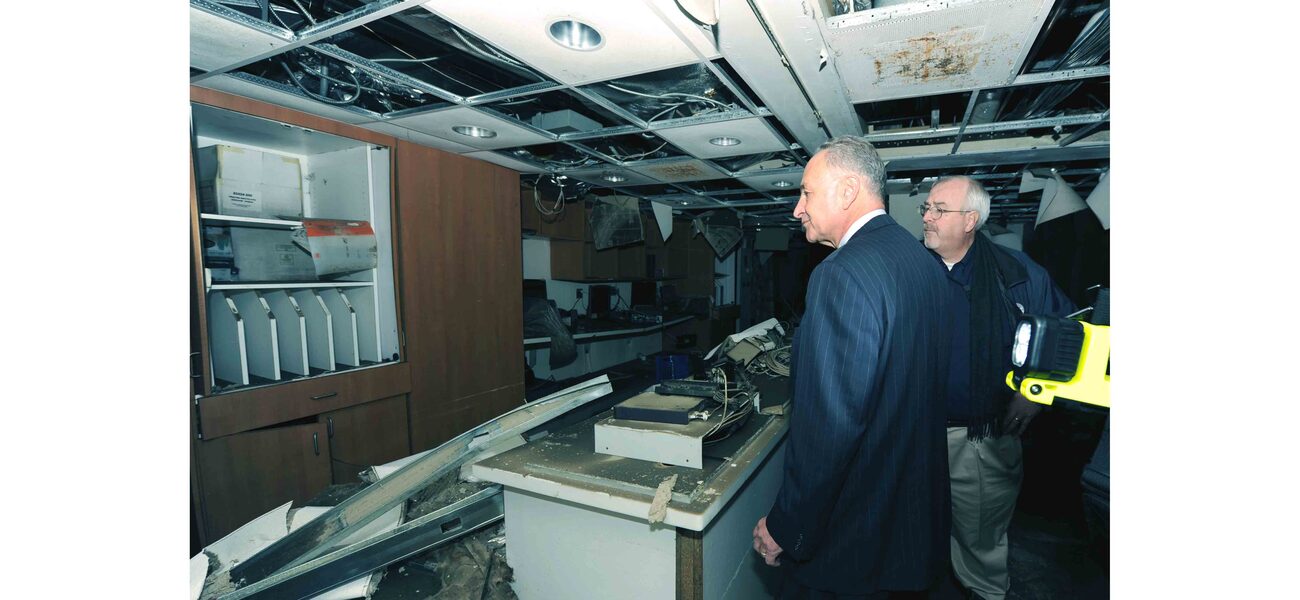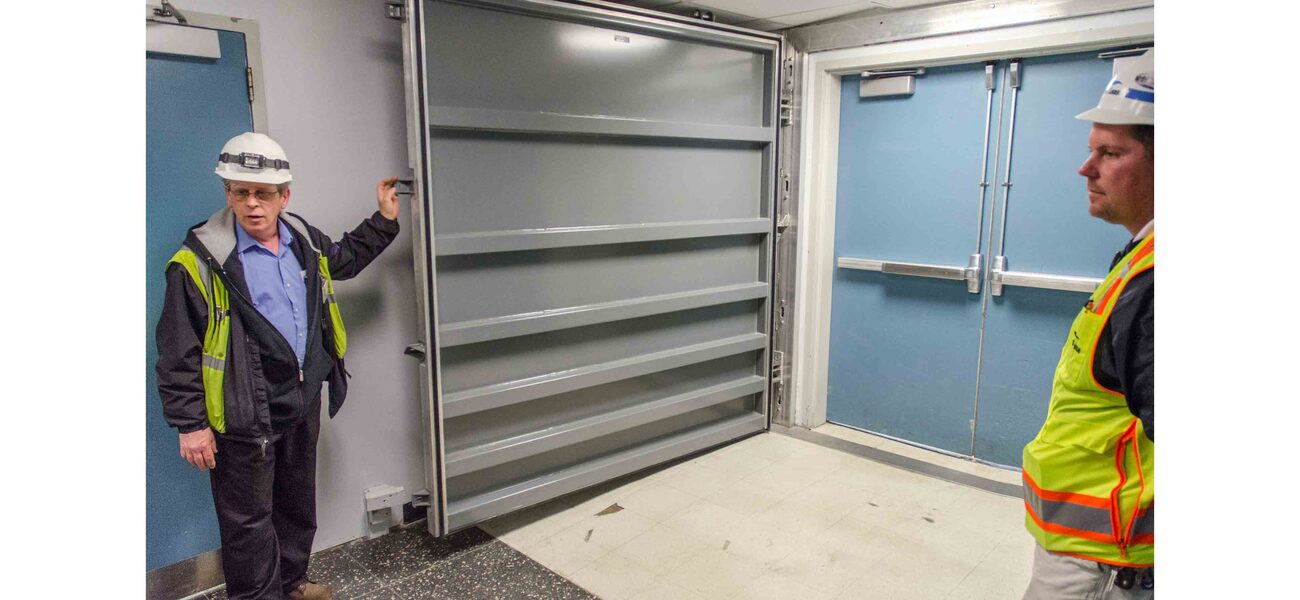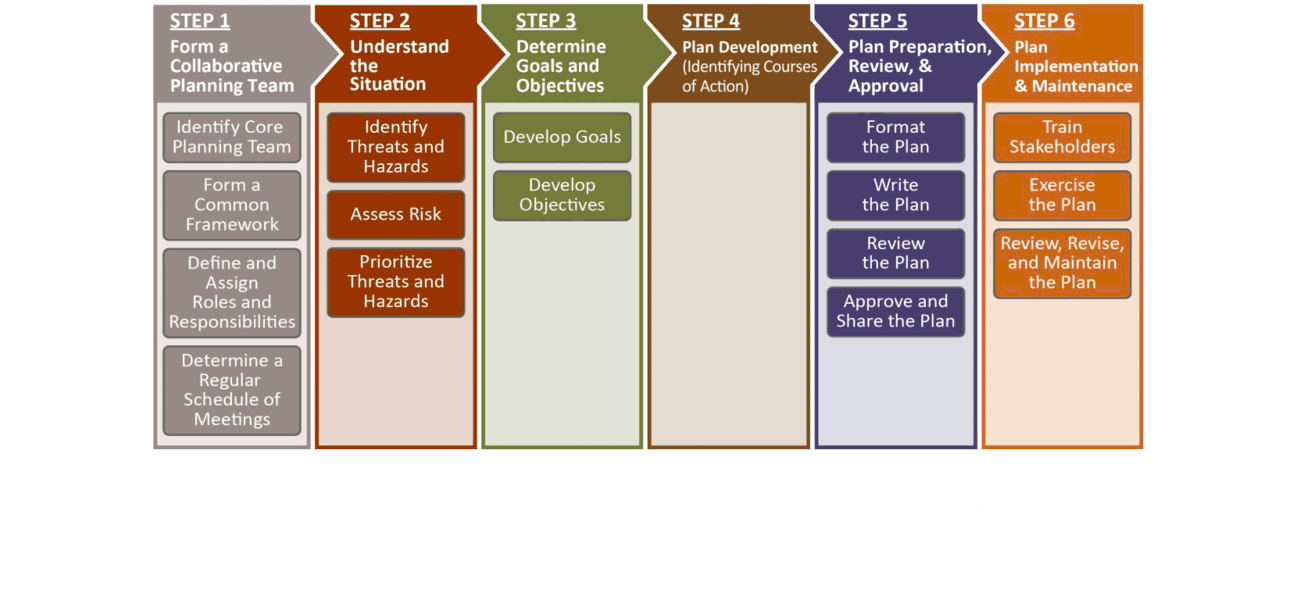The nation’s academic biomedical research facilities are largely unprepared for natural and man-made disasters that could damage buildings, equipment, IT systems, and materials, and ultimately jeopardize research and scientific careers. A recently released study by the National Academies of Sciences, Engineering, and Medicine calls for institutions and scientists to focus on risk assessment and resilience planning to secure their capital and research investments. In order to do that successfully, institutions need to expand their emergency response and recovery plans and think beyond current building codes, which focus on the life safety needs of the occupants but have yet to account for the significant risks posed to their research programs.
According to the National Science Foundation, research and development spending in the life sciences totaled $34.5 billion (not including agricultural sciences) in fiscal year 2014, with $27 billion coming from external funders. Natural disasters, such as earthquakes, hurricanes, and wildfires, can halt and destroy valuable research and potentially cause funders to withdraw their investment.
For example, Tropical Storm Allison destroyed research materials and killed laboratory research animals at Houston’s Texas Medical Center in 2001, setting research back an estimated 10 years; thousands of research animals were killed as a result of Hurricane Katrina; and severe flooding from Hurricane Sandy which, along with the failure of emergency generators, resulted in thousands of animal deaths and the loss of cells, tissues, and other crucial research specimens at New York University’s Langone Medical Center.
After Hurricane Sandy, the Federal Emergency Management Agency (FEMA) granted NYU more than $1 billion to help get its medical center back up and running, but the National Institutes of Health (NIH) began wondering if and when similar disasters might strike many of the other biomedical research facilities that receive NIH grant funding. The NIH joined with the Sloane Foundation, Howard Hughes Medical Institute, and the Doris Duke Foundation to fund a study by the National Academies of Sciences, Engineering, and Medicine analyzing how to best strengthen disaster resilience and protect the national investment in biomedical research.
“The real loss of animals, research, and scientific careers led the NIH to realize something needed to be done, so this doesn’t happen again,” says architect and study committee member Kirk Pawlowski, M.Arch., AIA, LEED AP.
The committee identified three areas of pressing need, calling on research institutions to develop a more resilient built environment, improve disaster response plans, and expand capital funding for enhanced resilience. And the National Academies’ 450-page consensus study, Strengthening the Disaster Resilience of the Academic Biomedical Research Community: Protecting the Nation’s Investment, (available online and in e-book and paperback formats), details eight recommendations specific to biomedical research facilities and two aimed at federal agencies:
- Designate a qualified, senior individual with oversight of disaster resilience efforts for the research enterprise.
- Implement comprehensive and integrative disaster resilience planning efforts for the research enterprise.
- Develop, enhance, and leverage local, state, and national partnerships.
- Ensure the preservation of research data, samples, and reagents.
- Implement mandatory disaster resilience education and training programs.
- Improve the disaster resilience of animal research programs.
- Develop performance-based standards for research facilities.
- Develop an institutional financial investment strategy for disaster resilience efforts for the research enterprise.
- Convene a consortium of stakeholders to discuss efforts to enhance the disaster resilience of the academic biomedical research community.
- Recognize and engage the academic biomedical research community as a subsector of the healthcare and public health critical infrastructure sector.
“Institutional boards, as well as capital facilities and scientific program leaders at every research university, should be aware of the trends. Planning for disaster resilience gives people a leg up to help their universities recover from local hazardous events and remain financially sustainable,” says Pawlowski.
Thinking Beyond Building Codes
Siting a facility is the most important consideration, says Chris Poland, SE NAE, a structural engineer, earthquake expert, and National Institute of Standards and Technology (NIST) community resilience fellow. “Obviously, if you move a lab out of a floodplain, you are not going to have to deal with the flood,” he says. “But if you’re in downtown New York, you can’t move the lab. You have to deal with it somehow.”
Internal space layout and the location of critical equipment, utilities, and failsafe control systems become essential. The sturdiness of buildings themselves is of vital importance, as well.
International building codes, reviewed and updated by experts annually, generally do not consider significant disasters, such as floods, hurricanes, tornadoes, or earthquakes. And though Pawlowki says the industry is at a tipping point akin to the movement for sustainability requirements two decades ago—suggesting that the need for risk assessments may soon be integrated within building codes—states have the liberty to adopt some IBC requirements and leave others behind. That means a research institution may continue to develop facilities that are built to code but are still not sufficiently disaster resilient.
Poland also points out that university and community emergency response plans aim to provide reliability during smaller crises, such as less-severe storms or hazardous waste spills, and focus on protecting human life with little to no concern for physical assets, in-progress experiments, or historical research when disasters occur. To achieve resilience, the academic research community must make plans that anticipate significant events and not only protect human life but also safeguard laboratory animals, property, and the environment, while maintaining the integrity and continuity of research.
Getting to that point requires diverse stakeholders working together to assess risks, make plans, and secure funding. Disaster resilience teams should include principal investigators, deans, provosts, and chief financial officers, and must include support from the top.
“Many of our largest and most respected research institutions have been around for a hundred years or more, and it’s important to protect their history, as well as their ongoing scientific missions,” says Pawlowski. “Still, there’s reluctance because of the significant capital costs involved. There will need to be advocacy at the highest levels of each academic community to assess and mitigate local vulnerabilities and protect and sustain the research enterprise.”
Preparing for Earthquakes at the University of Washington
When Pawlowski served as associate vice provost for capital resource planning at the University of Washington in Seattle, he and Poland guided the work of a seismic resilience committee supported by the university’s president, provost, and board of regents. Because board members were skilled in business—holding high-level positions at REI, Alaska Airlines, Starbucks, Microsoft, and others—they appreciated the critical importance of business continuity and focused on risk in a way a university usually would not. Loss of tuition and research funding due to a major earthquake was identified as one of the largest threats to the university’s financial sustainability, and leaders realized UW was not prepared to house students and continue studies if an earthquake substantially damaged its built environment.
“We realized that without our teaching and research enterprise in operation, our mission and associated financial sustainability was at risk,” says Pawlowski. “Federally sponsored research funding is at risk if the science is not in process. Similarly, the university would face a serious financial impact if tuition revenue were jeopardized by an inability to keep students and teachers together.”
The Seismic Resilient University of Washington working group brought in experts from the California Bay Area, including university architects, to discuss how best to secure buildings, IT systems, and other utilities, and worked with Seattle city officials on emergency operations center guidelines to ensure coordination with Seattle’s office of emergency management. In about eight months, the group devised a multiyear prioritized approach to repair the university’s highest-risk buildings, conduct nonstructural retrofits (tying down furniture and securing chemical storage), and perform incremental structural improvements over the next 10-20 years to ensure buildings can withstand a high-impact earthquake.
The group set goals beyond human safety for expected and extreme earthquake scenarios. Expected earthquake outcomes included keeping essential facilities operational, restoring IT systems within 24 hours, protecting research experiments, and losing no more than one quarter of instruction. Extreme earthquake goals called for lifeline systems to support recovery, such as utilities and transportation, being available within two weeks and protecting long-term experiments.
Protecting Animals
A number of regulations guide the care of research laboratory animals, particularly those used in federally funded programs. Though the guidelines discuss disaster planning, the National Academies study says they do not go far enough to protect animals during a disaster. Poland says researchers may, in fact, need to shelter in place to tend to them.
“Emergency responders are not going to rescue animals,” says Poland, “so one question is how do you make sure your post-disaster facility is capable of operating at a level that maintains the health of those animals in place and allows researchers to stay there to care for them? In addition, your plans must be integrated with the university and at the community, state, and even federal level. When your emergency operations center opens, its personnel need to know researchers can stay in that building.”
Poland says this is one reason why individual scientists must educate themselves on disaster planning, understand the condition their buildings will be in and what is necessary to protect their animals, and be included on disaster resilience planning teams.
Learning Best Practices
Capital funding that will strengthen research facilities comes and goes, depending on a university leadership’s focus and human nature. Immediately after a disaster, planning and mitigation become front of mind. But as time passes, it’s easy for people to forget what happened and think that disaster resilience funding is a waste of money.
Some universities look to business processes, such as enterprise risk management (ERM), to help them build a risk-aware culture. ERM calls for institutional leaders to identify all risks across the university (or “enterprise”) from their top-down view and determine which ones they will actively manage. Risks can include financial, operational, regulatory, or environmental risks, and ERM calls for a shift from compliance-based risk management toward embracing and strategically managing risk.
The NIST Community Resilience Planning Guide states that “planning for low-probability high-consequence hazard events can be challenging since immediate needs often take precedence over future events.” It goes on to refute myths that often hinder resilience planning. Developed as part of President Barack Obama’s climate action planning process, the NIST guide details how to prepare buildings and infrastructure systems for disaster situations. Though aimed at communities, the guide offers ideas that can be used by biomedical research facilities, as well, and Chapter 8 of the National Academies study spells out how universities can best utilize that information.
Some disasters are more likely than others, but all require preparation. Building a truly resilient research environment entails continual thought, planning, and investment, as well as connection with the larger community. “This requires a different level of integration and community planning than we have been comfortable with in the past, and it is absolutely essential for our ability to recover more promptly from disasters,” says Pawlowski. “Resilience is not a sexy new building. It a long-term, hard-fought, challenging commitment by an institution to enhance its mission and remain sustainable over the long term.”
By Amy Souza



